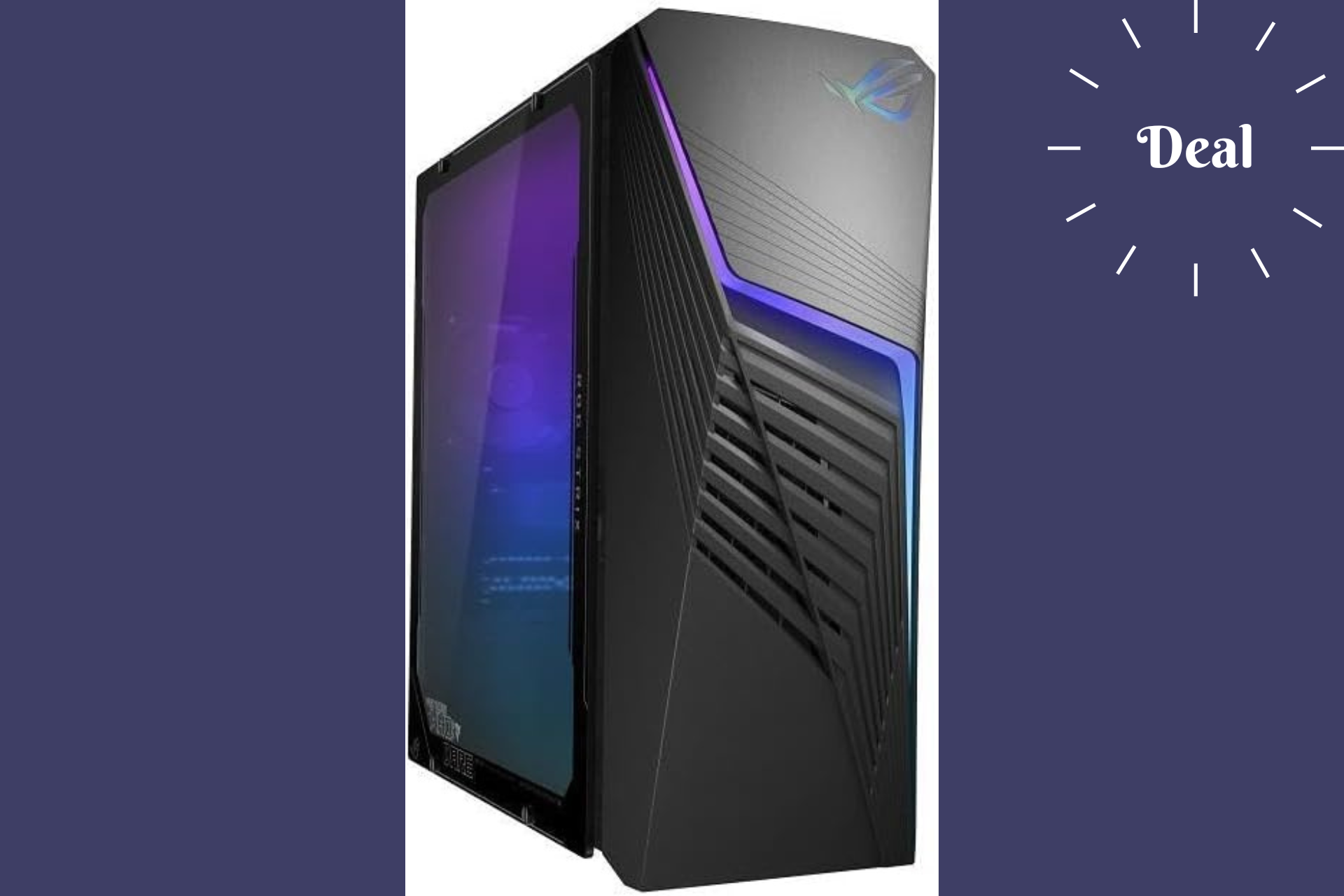Fifine H8 Headphones Review: Studio reference recording on a budget
4 min. read
Published on
Read our disclosure page to find out how can you help Windows Report sustain the editorial team Read more
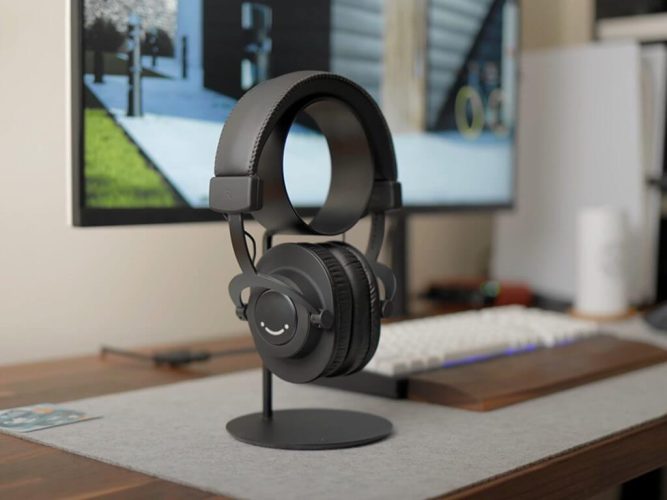
Starting at $36.99
Once again, FiFine is cornering the market for beginner and mid-level audio recording hardware with a pair of budget-friendly reference cans that offer quality sound and comfort for less than $40 with the H8 Studio Monitor headphones.
Tech Specs
- Connectivity Technology: Wired
- Unit Driver Size: 50mm Dia.
- Impedance: 32Ω±15%
- Padding Materials: Leatherette
- Compatibility: Mixer, Sound Card, Keyboard, Computer, Xbox, Phones
- Suitable for: Podcast/Recording/Monitoring
What’s in the Box?
- FiFine H8 Headphones
- 1 x 3.5mm Cable
- 1 x 6.35mm Cable
Look and Feel
The Fifine H8 looks remarkably like standard bearer Audio-Technica headsets but it has more elongated ear pads with a signature smiley-face marker on both earpieces. Unlike Audio-Technica, the Fifine H8 lacks the same level of heft associated with the well branded competitor.
The H8 is lighter and more flexible than Audio-Technica’s and the cushions on the earpads are a bit shallower than most alternatives. The headband, which is reminiscent of the HyperX headsets, is thicker than seen in images and offers a nicely weighted counterbalance to the light feeling earpieces and rests on the top of the head well for longer recording and editing sessions.
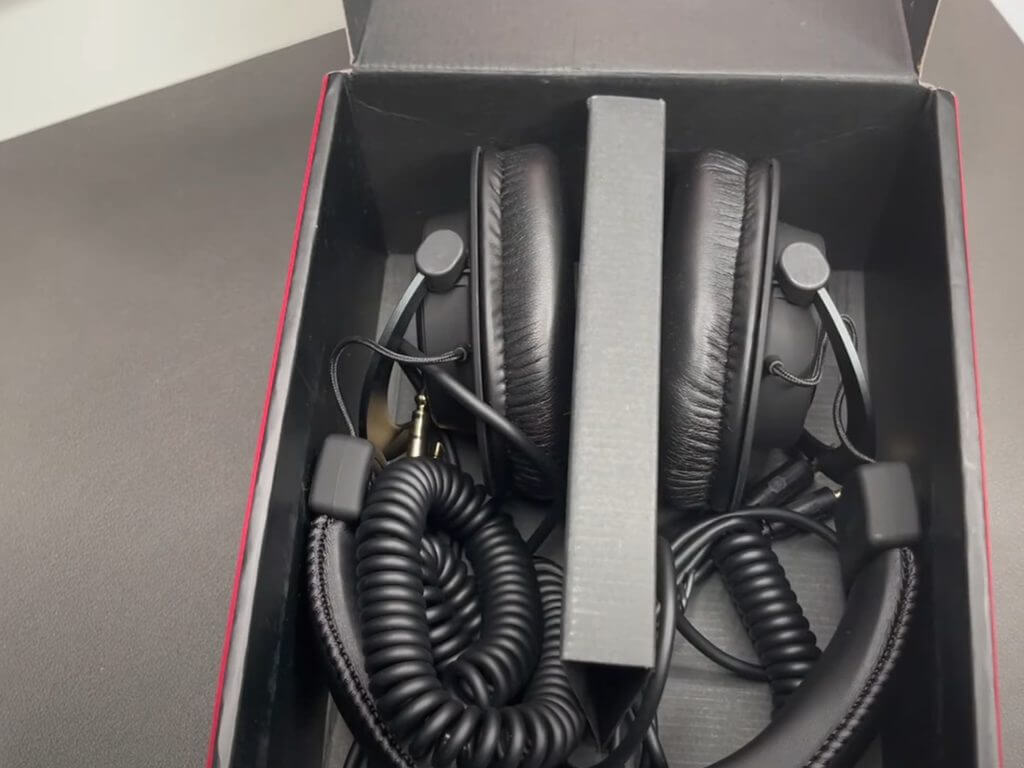
Due to the thinner cushioning on the earpads, noise isolation takes a bit of a hit for users who have slightly larger heads which shifts the cups around the ear. Fortunately, the earpads look replaceable those seeking a specific comforted fit.
The H8 comes with both 3.5mm and 6.35mm connectors attached to long bungy curled rubber cables and can be swapped out at the base of the right ear cup. Rather than opting for a single piece adapter or dongle, Fifine includes a fully dedicated cable to switch out depending on your recording and editing setup.
As is standard for the industry, the H8 comes in matte black with only the white smiley-face with dimpled dots in white as the only accented color on the headphones.
Performance
With a 50-millimeter dynamic driver passing over a 20Hz to 20kHz frequency range supporting 32ohms, the sound is very crisp but neutral and devoid of the typically punchy stage of other competing headphones in price ranges just above the H8’s.
As a pair of studios monitoring/refencing headphones, the flat sound with an emphasis on upper and mid sound beds is appreciated for audio podcasters, streamers, and audio engineers who focus on vocals over all other sounds elements in a recording.
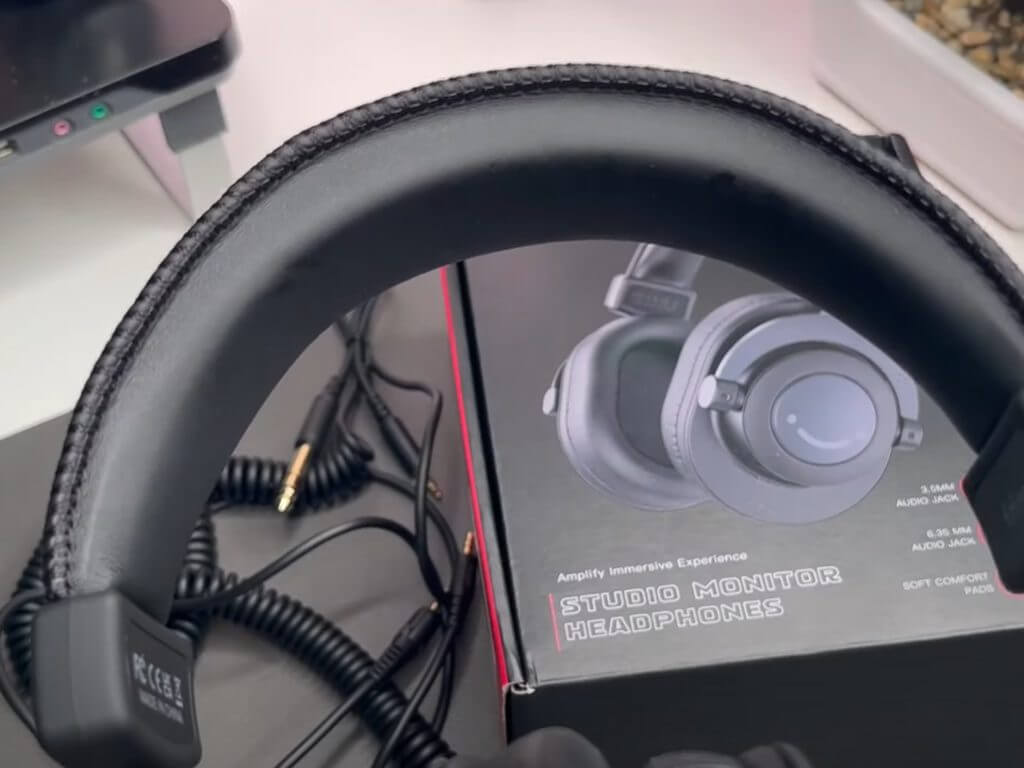
Regarding the bass, without pumping up the sub and mid bass sectors, the Fifine H8 doesn’t fall into muddy sounding references that would need later editing to lift. On the flipside, recorders to speak close to microphones may still sound a bit tiny overall when listening through the H8.
In the mid-section, voices are highlighted overall and helps to separate ambient noise during recordings but can be exhausting when listening to soundscapes with lots of integrated sounds like a Fall Out Boy composition at elevated levels.
The overall treble is level but can help audio engineers isolate pops and peaks for editing. The pairing of the onboard drivers and the equalized treble are great out the box and offer one of the best-balanced soundstages for a pair of headphones for under $40.
When using the H8 for gaming, the experience is a bit more muddled without noise cancellation most 3D audio support software fall flat but still offer great clarity over voice integrated scenes during games. Editing gaming audio can also be a bit taxing on the ear as many lean heavy on the low and mids.
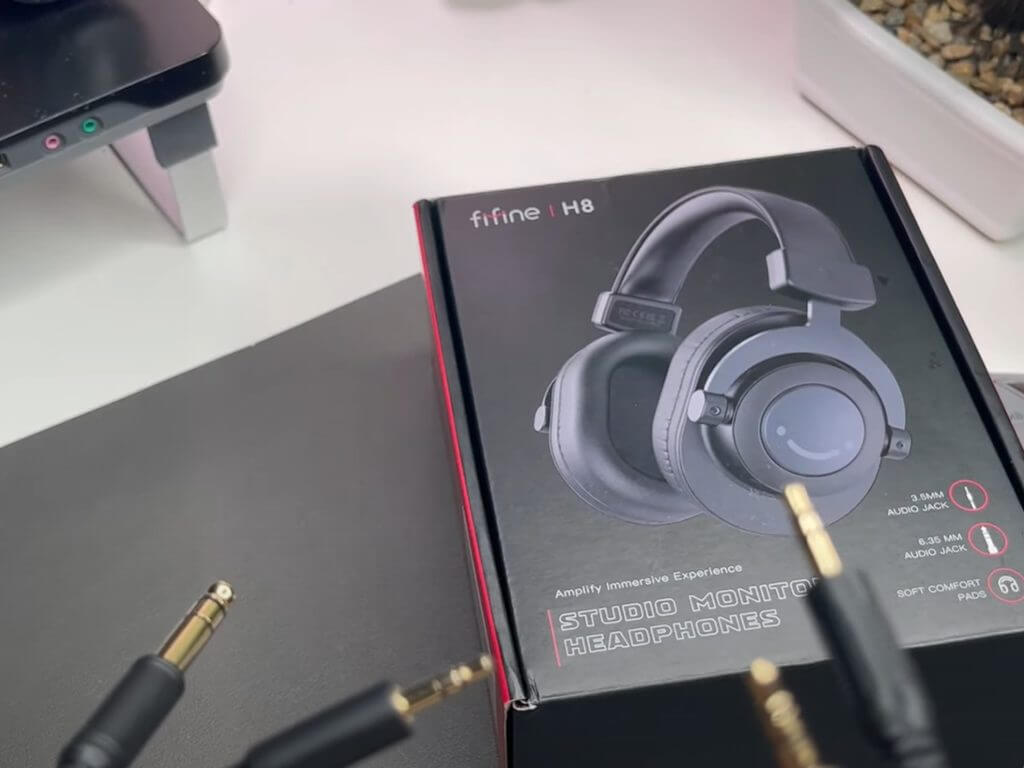
Without any additional firmware updates, attached software or driver updates, the plug-n-play nature of the H8 is a refreshing change of pace. While some users may appreciate or even crave the customization offered by competing headsets, for $36.99 the H8 offers a streamlined listening and editing experience right out of the box.
Summary
The H8 isn’t designed to be used like regular headsets that punch up the bass and offer fuller sound reproduction. Instead, the H8’s are meant for beginning podcasters, streamers and audio engineers who are looking to dabble in professionally editing their sounds.
For less than $40, Fifine offers a great pair of cups that can be worn for hours on end for long editing sessions while also providing a neutral soundscape that provides a more accurate sound representation.
If you’re looking to get into podcasting or elevate your production level, the Fifine H8 should be next on your list of items to pick up, they compete with both the MAONAO and Samson headsets which are roughly around the same price and the more expensive Senneiser HD600’s all for $36.99.







